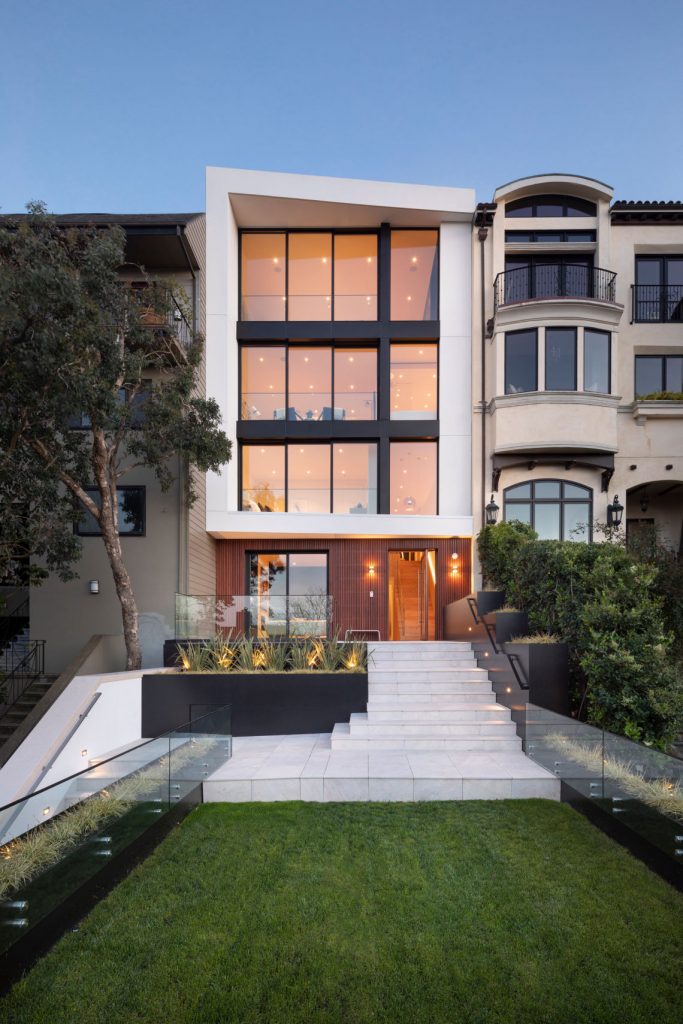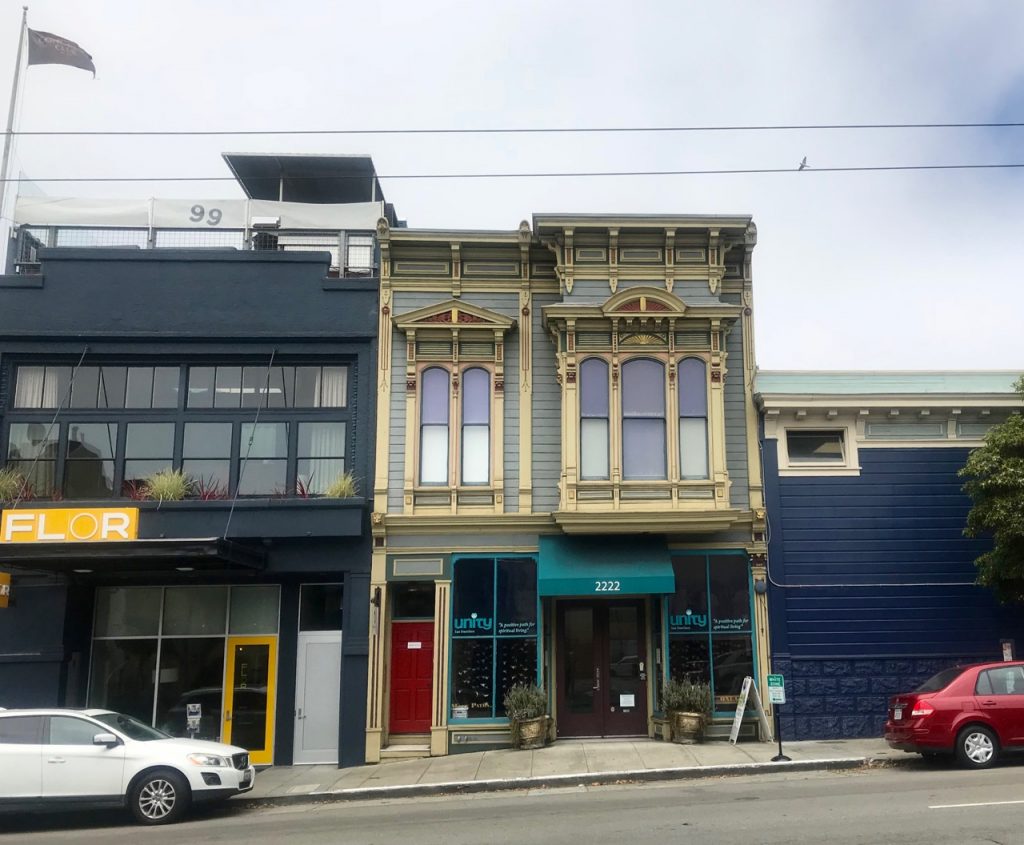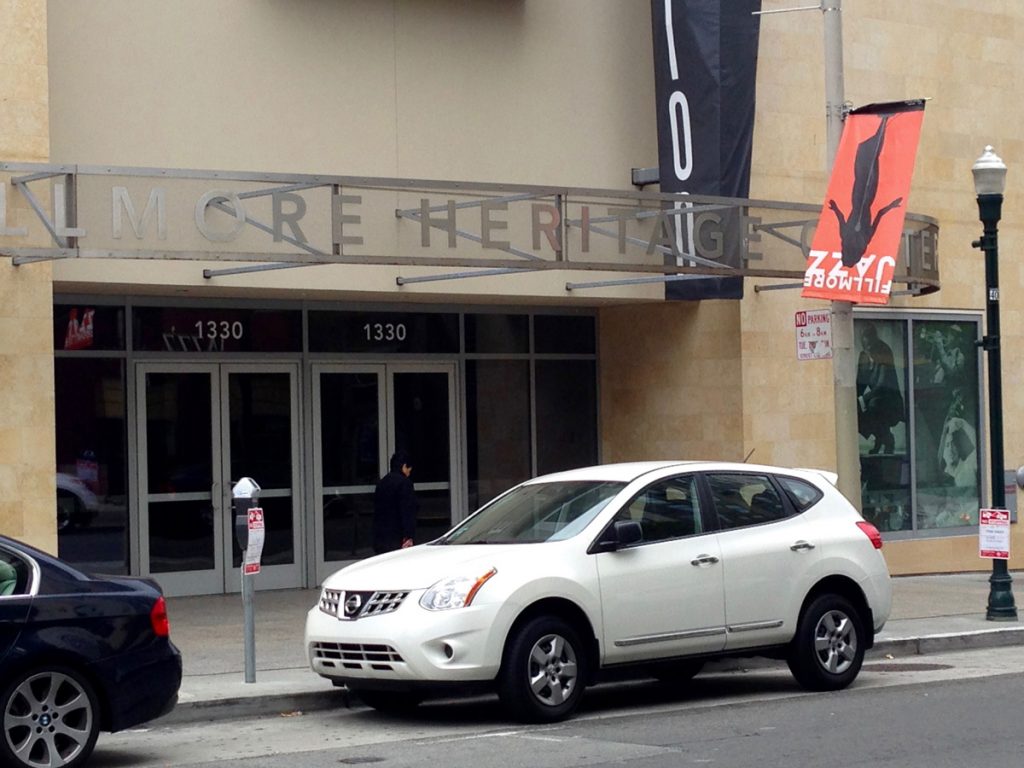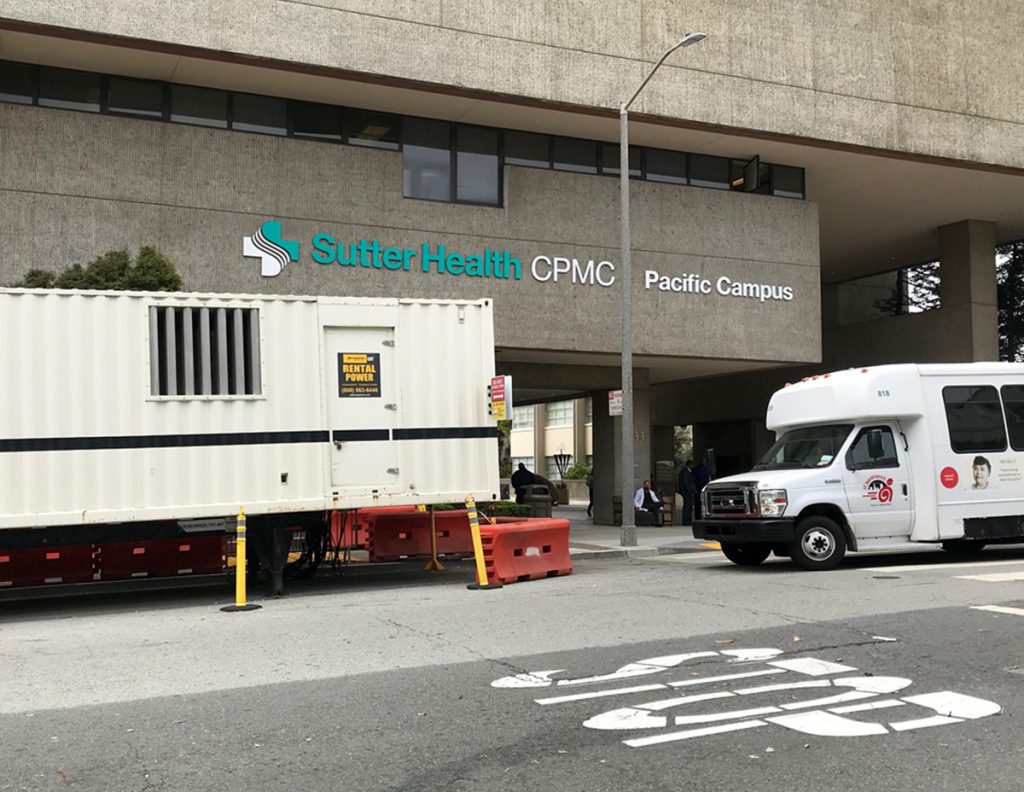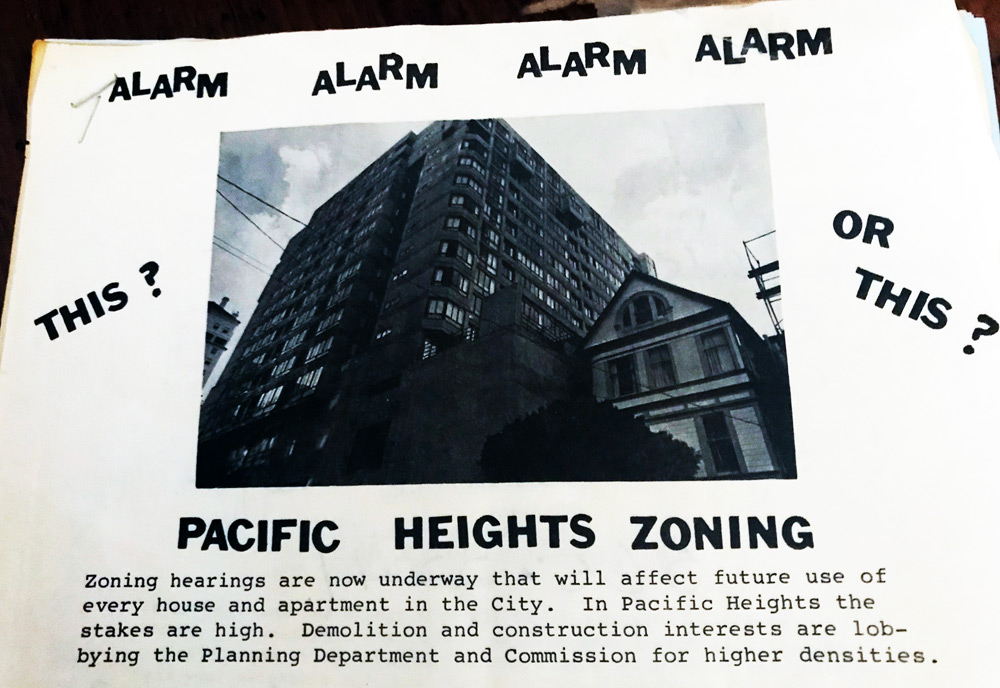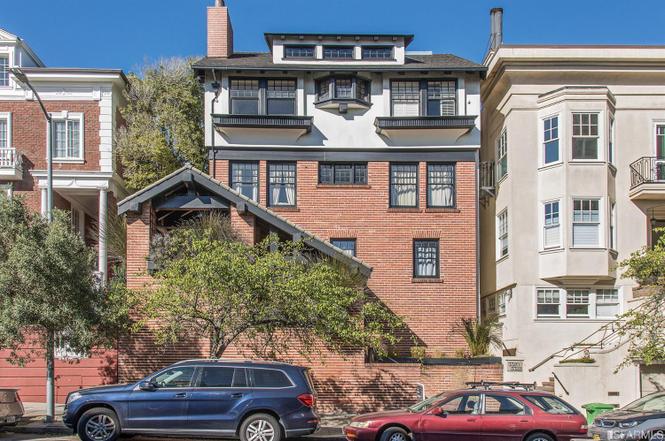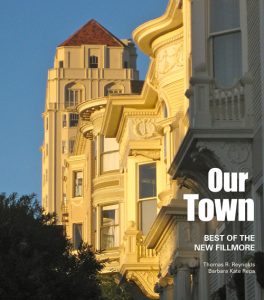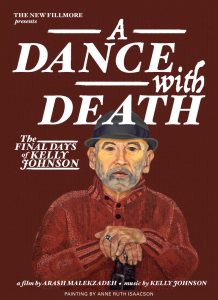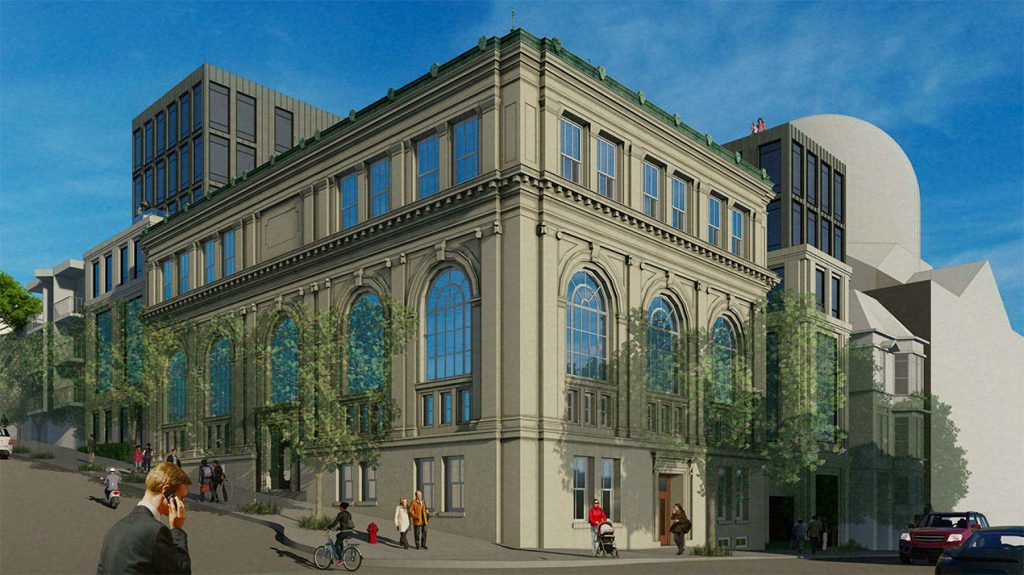
A PLAN TO upscale the landmark Lane Medical Library at Sacramento and Webster into 24 condominiums — which so far has found smooth sailing through the city’s planning apparatus — has run into a roadblock. It is being appealed to the Board of Supervisors, with a hearing scheduled on February 6.
After serving as a medical library for more than a century, the classical structure built in 1912 was sold in 2018 when California Pacific Medical Center moved to its new home on Van Ness Avenue. Since then it has been an event facility.
Now Gokovacandir LLC proposes gutting the interior of the building and adding towers to the east and south sides of the building that would extend to 87 feet — more than double the height limit in the neighborhood. The structures would include four four-bedroom units, nine three-bedroom units, 10 two-bedroom units and one one-bedroom unit, plus 26 underground parking spaces.
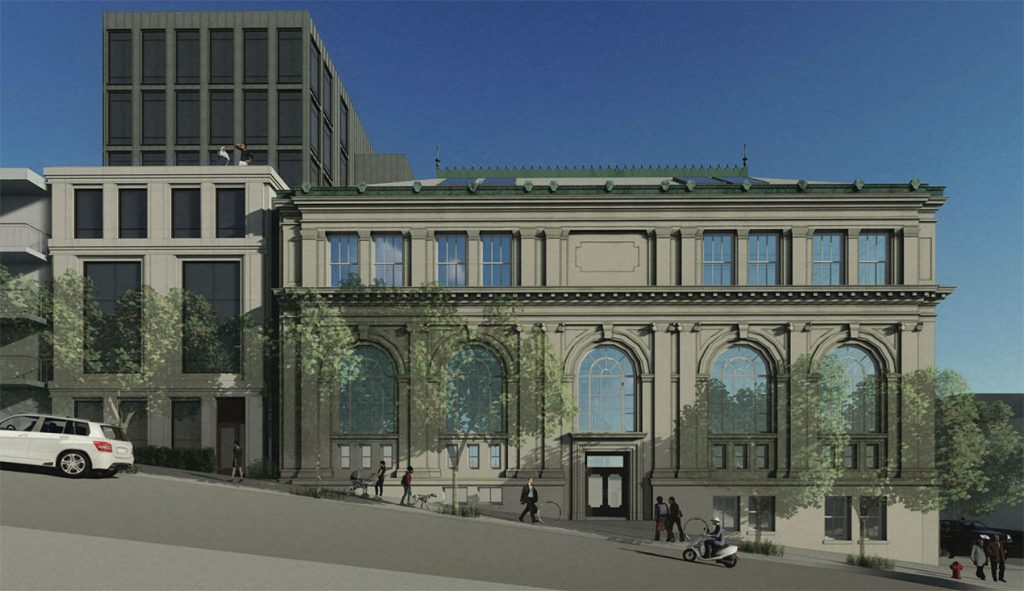
The project has been helped along by new state laws that encourage the construction of more housing, allowing developers to build beyond current zoning restrictions and giving them a “density bonus” if the project includes below-market-rate units. The 2395 Sacramento project would include three “affordable” units, qualifying it for five additional units as a density bonus.
In his appeal, neighbor Jonathan Clark challenges the Planning Department’s approval of the library conversion.
Clark’s lawyers argue that the city “has embarked upon a dangerous, far-reaching and blatantly unlawful interpretation” of environmental laws governing the project. They write: “The proposed project will jeopardize the historically significant Lane Medical Library, which is listed as City Landmark 115, by placing an 87-foot tall building on one side of the historic landmark and a 72-foot building on another side — all in a zone with a 40-foot height limit.”
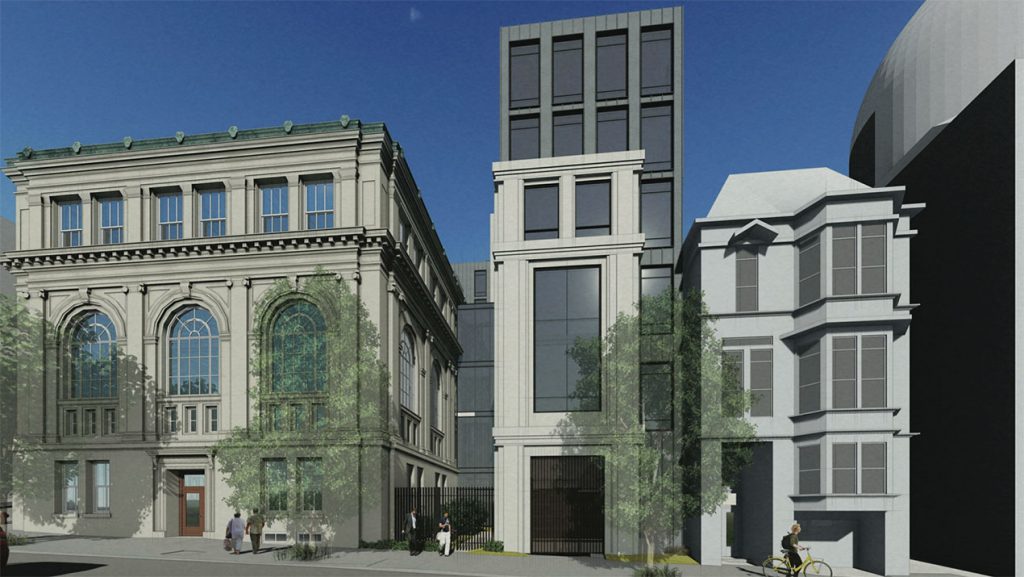
The addition on the Webster Street side would sit between the library and Temple Sherith Israel at California and Webster, which is on the National Register of Historic Places. The medical library has also been nominated for the National Register. Both buildings were designed by noted architect Albert Pissis. A three-panel mural by Arthur Mathews, one of early California’s most respected artists, would be removed, along with the rest of the library reading room, as part of the project.
Critics say the project exemplifies the problems created by speeding projects through the city planning process and using density bonuses where historic resources are involved.
UPDATE: Supervisors approve redevelopment of medical library
MORE: “Will all new housing be exempt from environmental review?“
Filed under: Landmarks, Real Estate | Leave a Comment »





